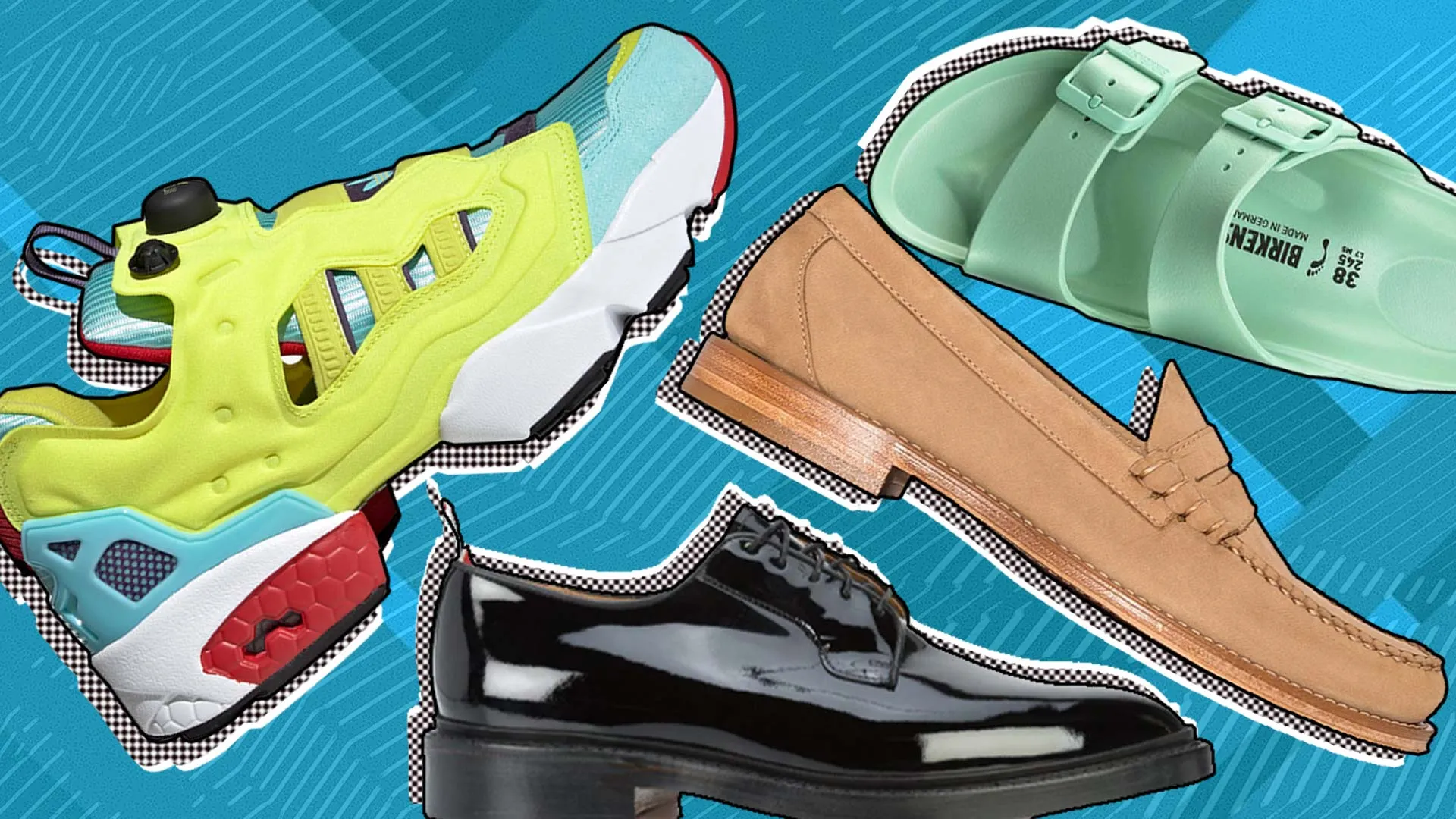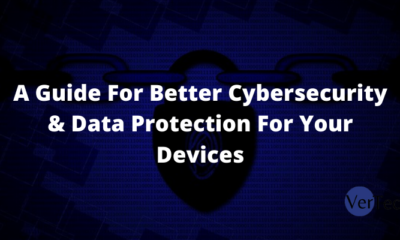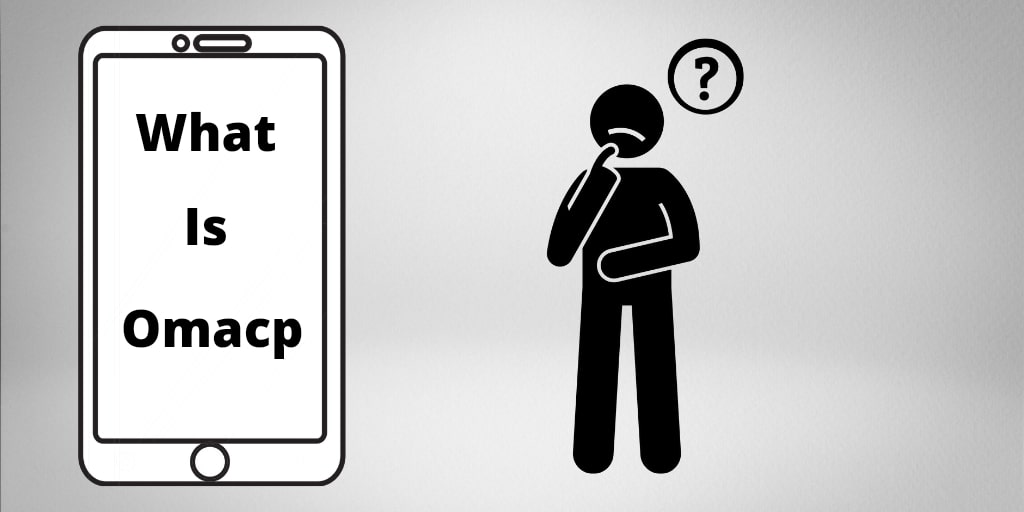Fashion
8 Different Types Of Athletic Shoes That You Should Own

Gone are the days when you could rock one type of shoe for every sport you indulged in. Wondering why so? There are reasons more than just pulling off a look that matches your persona. Every sport is different and impacts your feet in different ways. Whether you play tennis or basketball, love running every day, or hike twice every month, you need to find the right athletic shoes. You can avoid the stress and injuries you may sustain while doing a particular activity if you buy the right pair. The build, design, and features of the shoes made for your specific sport can also help in maximum performance. Isn’t that wonderful? Read on to understand the different types of athletic shoes you should own.
8 Different Types of Athletic Shoes
The right athletic shoe type will protect you from injuries and even up your game. Let’s dive deep into the various types of shoes made for your athletic pursuits.
-
Running Shoes
Running is a high-impact exercise, where each time your foot comes down, your body takes on nearly thrice your body weight. In order to avoid shin splints, tendinitis, stress fractures, and other problems, running shoes are designed with ample cushioning for shock absorption. These shoes help in forward motion, all while protecting your foot and heel.
-
Walking Shoes
If, up until now, you were the one to think that you could walk in just any shoes, you are not the only one. Walking is a less intense exercise, where your body absorbs about 1.5 times your body weight. Still, your walking shoes should be able to provide you with good arch support and stability. Walking shoes are typically lightweight and have a comfortable, soft upper portion and smooth tread. Since your feet need to roll naturally as you walk, a slightly rounded sole encourages a smooth motion.
-
Tennis Shoes
While playing tennis, you need to shift weight frequently and make a lot of quick side-to-side movements. Tennis shoes are made specifically to be used on tennis courts, though you can wear them while bicycling or as regular sneakers. These shoes are unique because they can absorb shocks, support rapid movements, and protect your ankles to ensure comfortable play. Tennis shoes with soft soles are ideal for soft courts, while tennis shoes with spiked soles are ideal for hard courts.
-
Basketball Sneakers
There is a lot going on with your feet, ankles, and lower legs when you play basketball. With instant acceleration, deceleration, and vertical movements, there is a considerable and sudden force on these body parts. The right pair of basketball shoes absorb shock and provide extra stability and support to run up and down the court.
-
Volleyball Shoes
The right pair of volleyball shoes can not only help keep your feet safe but improve your performance on the court. Generally made of a gum rubber sole, these shoes offer extra traction and focus on lateral movements. Since, during most of the game, you place a lot of stress on the portion between your arch and toes, volleyball shoes have extra cushioning in the midsole, helping in rapid movements.
-
Cross Trainers
Let’s say you play more than one sport. Of course, you cannot always buy shoes dedicated to each and every sport. Even if you do, you must replace them often after wear and tear, only adding to your expenditure. No matter what your movements are, cross-training shoes incorporate features from different athletic shoes (running shoes, volleyball shoes, and tennis shoes) to allow comfort and support for various movements. The best cross-training shoes have ample heel and forefoot cushioning, providing stability and helping with side-to-side movement.
-
Football Shoes
Also called football cleats or soccer shoes, these are specifically designed for grass pitches – with spikes or studs on the soles. They provide a good grip and traction on the field, so you don’t slip or slide. Depending on the ground or surface type and the changing weather, you may need to buy firm-ground football, soft-ground, indoor court, astroturf, or artificial ground shoes.
-
Aerobic Shoes
Aerobics is a physically challenging workout, and your feet may be prone to injuries if you don’t have the proper shoes. The force exerted on your feet is way greater during aerobic movements than during running or walking. Aerobic shoes provide sufficient arch support and padding to make bouncing, side-to-side lunges, stepping up and down, and other movements easier.
Tips to Select The Right Athletic Shoes
Now that you have a better understanding of what shoes to buy for the sports you play, here are a few quick tips to help you choose the right pair.
- Consider buying sport-specific shoes, especially if you play a sport more than 3 days a week.
- Visit a specialty store and get assistance from trained staff to buy the right shoes for your needs.
- Walk or run a little in the shoes you try on to check the grip, comfort, and support.
- Always check the heels of the shoe and notice whether you slip as you walk or run.
- Wear the same type of sock that goes with your sport.
Conclusion
No one shoe type is ideal for all sports. So, make sure you understand the nitty-gritty of your sports and how they affect your feet and body movement. Also, if you have any foot or ankle problems, consult a medical expert who can help you find an ideal shoe for you. Buying shoes that offer support, flexibility, and comfort, along with performance enhancement, can be a game changer.
-
Blog1 year ago
MyCSULB: Login to CSULB Student and Employee Portal – MyCSULB 2023
-
Android App3 years ago
Cqatest App What is It
-
Android1 year ago
What Is content://com.android.browser.home/ All About in 2023? Set Up content com android browser home
-
Software2 years ago
A Guide For Better Cybersecurity & Data Protection For Your Devices
-
Latest News2 years ago
Soap2day Similar Sites And Alternatives To Watch Free Movies
-
Android2 years ago
What is OMACP And How To Remove It? Easy Guide OMACP 2022
-
Android3 years ago
What is org.codeaurora.snapcam?
-
Business2 years ago
Know Your Business (KYB) Process – Critical Component For Partnerships





















